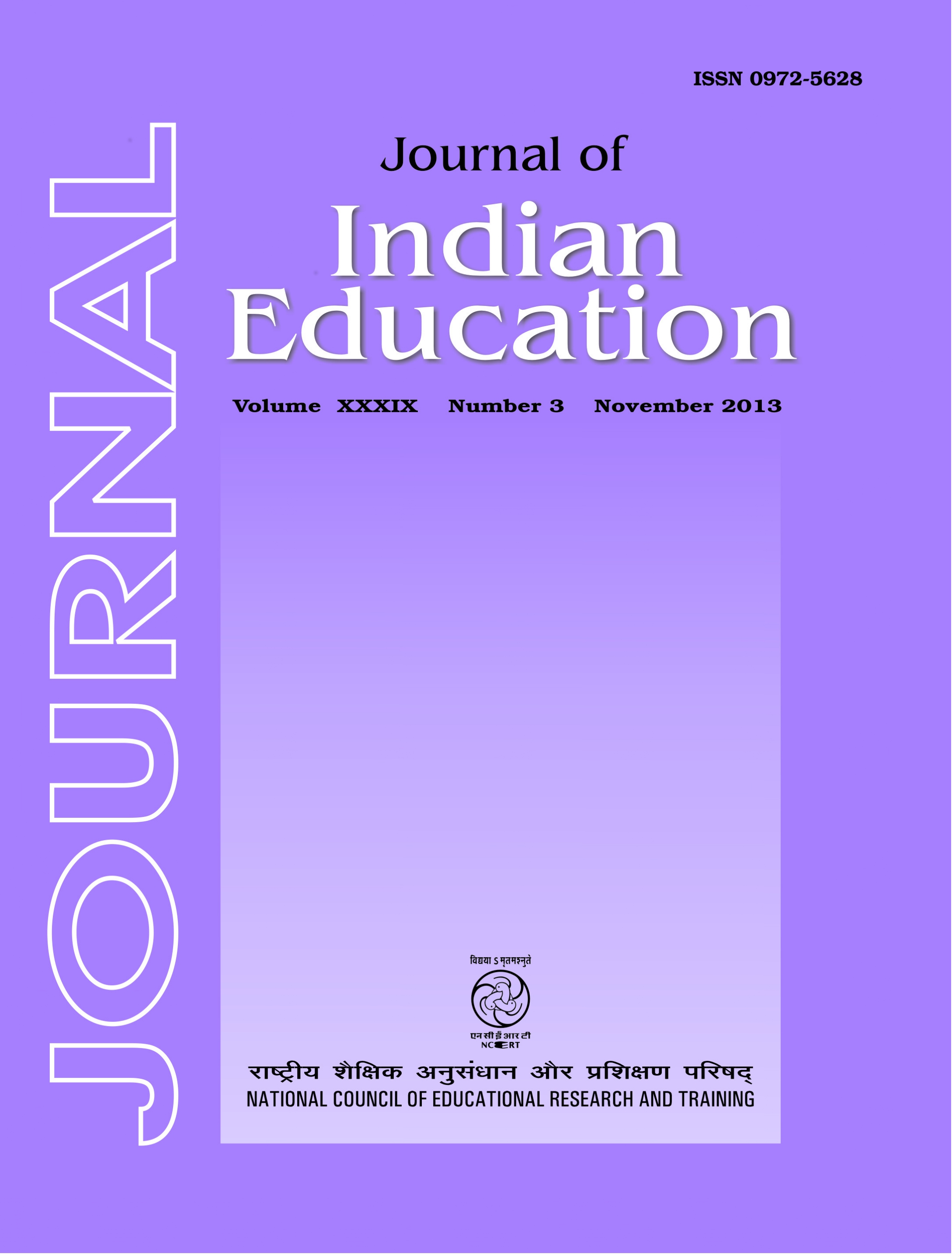Published 2024-12-03
Keywords
- Educational Reform,
- Learning Theory
How to Cite
Abstract
It was assumed earlier that teachers impart information to their students who process the information with the help of their cognitive structure and learn. Learning therefore, moves from outside to inside the learners. Learners cannot construct knowledge on their own. Students were considered as blank slate upon which the teacher etches information. Over the years brain research has provided more light on how learners learn. Constructivism on the other hand, highlights that each learner can construct knowledge on her/ his own. Constructivism has brought about a dramatic change in the role of teachers and learners. The main task of the teacher in the constructivist classroom is to pose problem(s) to her/his learners and to support them in solving the problem thereby helping them to construct knowledge. Similarly, the role of learner is to create knowledge rather than to ingest mechanically transmitted communicated by the teacher.Though constructivism is the theory of learning but certain pedagogical implications have been derived from the theory. Teachers need to use the instructional approaches such as dialogue, cooperative learning, peer tutoring, cognitive dissonance and problem-based learning to support their learners in constructing knowledge on their own and to develop creative thinking, critical thinking, problem solving and independent thinking skills essential for a true citizen of 21st century. However, there are issues in the constructivist pedagogy which need to be addressed to popularise the pedagogy. Teachers experience difficulty in transforming the content to be learnt by their students into problem(s) to be solved by them. Secondly the use of the said instructional approaches is a time consuming process. Teachers report that they cannot transact the syllabus of a subject within the prescribed time frame if they follow said instructional approaches.

